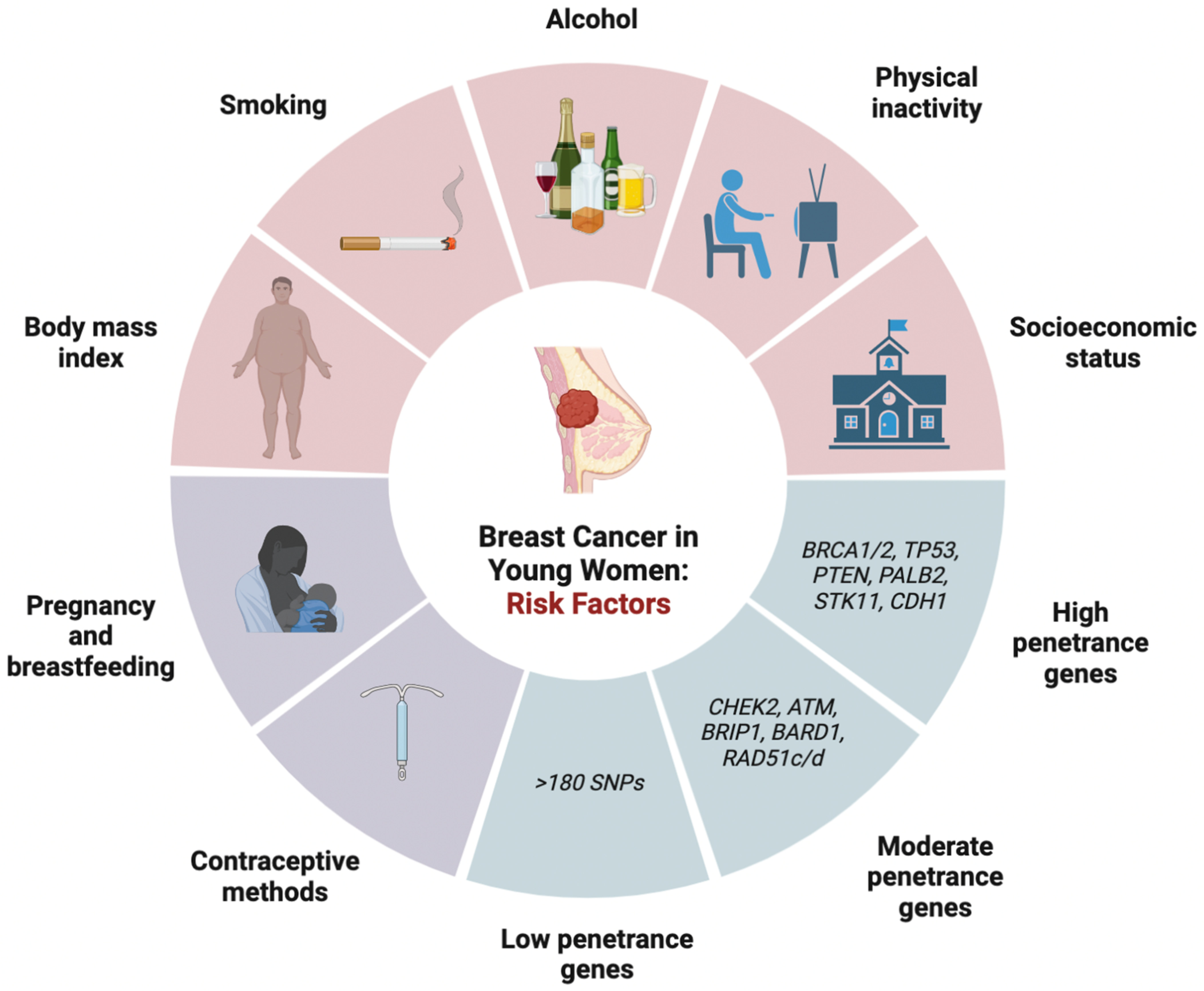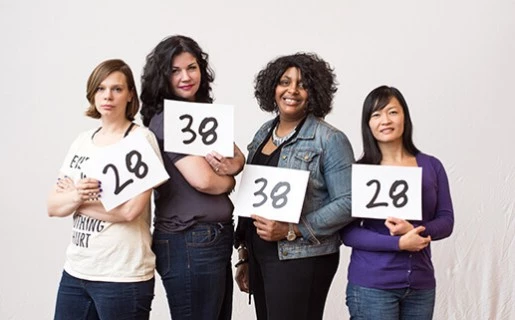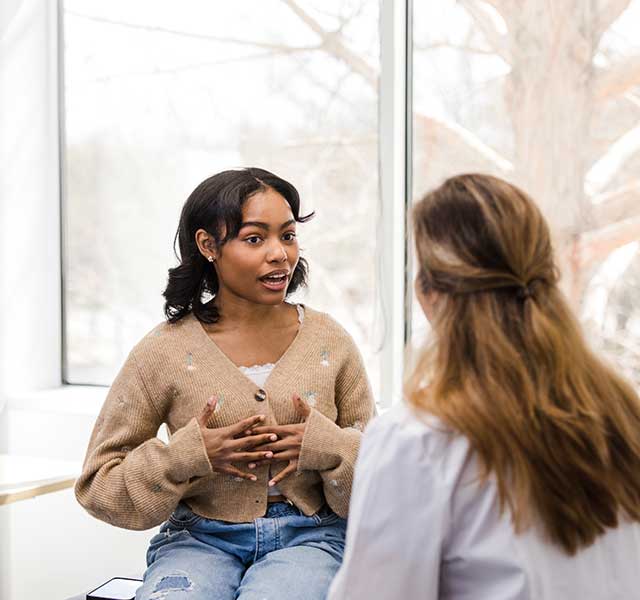Cancer in young women is a critical health issue. It affects many lives and families.
Understanding cancer in young women is essential for early detection and treatment. This topic addresses the unique challenges faced by young women diagnosed with cancer. It explores the types of cancer most common in this age group, potential risk factors, and the importance of regular health checks.
By shedding light on this subject, we aim to raise awareness and provide valuable information. Knowledge empowers women to take proactive steps in their health journey. Join us as we delve into this significant issue, offering insights and support for young women everywhere.

Credit: www.mdpi.com
Rising Incidence In Young Women
The number of young women with cancer is growing. Studies show a rise in cases among women aged 20 to 40. This is a concerning trend. Breast cancer and ovarian cancer are seen more often. More cases of skin cancer are also being reported. Early detection can help, but many young women are unaware. Regular check-ups are very important.
Diet and lifestyle changes may play a big role. Fast food and sugary drinks are common. Lack of exercise is another factor. Stress levels are higher in young women today. Environmental factors like pollution can also be harmful. Genetics can increase cancer risk too. Family history matters.

Credit: youngsurvival.org
Common Types Of Cancer
Breast cancer is common in young women. It starts in the breast tissues. Early signs include a lump in the breast or changes in shape. Regular checks help find it early. Treatment can involve surgery, radiation, or medicines. Healthy habits can lower the risk.
Cervical cancer starts in the cervix. The cervix connects the womb to the vagina. Regular Pap tests can help find it early. Vaccines can prevent some types. Signs might be abnormal bleeding or pain. Treatment options include surgery, radiation, or chemotherapy.
Ovarian cancer begins in the ovaries. Ovaries make eggs and hormones. Early signs can be bloating or stomach pain. It is hard to find early. Treatment can be surgery and chemotherapy. Knowing your family history can help in prevention.
Risk Factors
Genetics can play a big role in cancer. Some cancers run in families. Inherited mutations can increase cancer risk. BRCA1 and BRCA2 genes are examples. Testing can help find these mutations. Knowing your family history is important. Talk to a doctor about genetic testing.
Smoking and alcohol use increase cancer risk. Eating unhealthy foods can also be bad. Exercise is important for health. Obesity can lead to higher cancer risk. Regular check-ups are crucial. Make healthy lifestyle choices to reduce risk.
Pollution and radiation can cause cancer. Harmful chemicals at work are dangerous. Sun exposure can lead to skin cancer. Always use sunscreen outside. Protect yourself from harmful environments. Know the risks around you.

Credit: www.henryford.com
Early Detection Importance
Early detection of cancer can save lives. Survival rates are higher with early treatment. Many young women live longer with early diagnosis. They can continue to enjoy their lives. Regular check-ups are very important. Doctors can find cancer before it spreads.
Finding cancer early can improve quality of life. Treatment is easier in early stages. Young women can recover faster. They can return to normal activities sooner. Less pain and fewer health issues. More time to spend with loved ones. Life is better when cancer is caught early.
Screening Methods
Mammograms help find breast cancer early. Early detection is very important. They use X-rays to look at the breast. It is quick and safe. Women over 40 should get mammograms often.
Pap smears screen for cervical cancer. Doctors collect cells from the cervix. This test helps find changes in cells. It is quick and not painful. Women should start at age 21.
Ultrasounds use sound waves to make images. They can check organs inside the body. This method is safe and painless. It helps find tumors in young women.
Vital Signs To Watch
Lumps can be small or big. They may feel hard or soft. These lumps are often painless. If you find a lump, tell a doctor.
Bleeding between periods is a sign. Sometimes, it’s heavy or light. This includes spotting after sex. It’s best to see a doctor.
Pain that does not go away is a worry. It can be dull or sharp. This pain may be in the back or stomach. Keep track of how often it happens. Always talk to a doctor about it.
Prevention Strategies
Eat plenty of fruits and vegetables. Choose whole grains instead of refined grains. Avoid processed foods. Drink water more often. Limit sugar and salt intake. These choices help keep your body strong. They reduce cancer risk.
Stay active every day. Even a short walk helps. Exercise strengthens your body. It boosts your immune system. It keeps your weight healthy. This lowers cancer risk. Try to move for at least 30 minutes daily.
Stay away from tobacco. Avoid secondhand smoke. Choose safe products for your skin. Limit alcohol intake. Use sunscreen to protect your skin. Stay informed about harmful chemicals. These steps can help keep you safe.
Support And Resources
Young women facing cancer need emotional support. Counseling services offer a safe space. Professional counselors help you manage stress and fear. They provide guidance through tough times. You can talk about your feelings freely. This helps to reduce anxiety.
Joining a support group is helpful. You meet others with similar experiences. This builds a sense of community. Sharing stories can ease loneliness. Support groups offer understanding and care. They are often led by professionals. This ensures you get the best support.
Educational programs provide valuable information. They teach you about treatments and care. You learn how to manage symptoms. Programs often include workshops and seminars. These are led by experts. You gain knowledge that empowers you. This helps you make informed decisions.
Frequently Asked Questions
What Are The Early Signs Of Cancer In Young Women?
Early signs can include unexplained weight loss, persistent fatigue, and unusual lumps. Regular check-ups are crucial.
How Common Is Cancer In Young Women?
Cancer in young women is less common but still significant. Early detection improves treatment outcomes.
What Types Of Cancer Affect Young Women Most?
Breast, cervical, and ovarian cancers are most common in young women. Regular screenings are essential.
Can Lifestyle Changes Reduce Cancer Risk In Young Women?
Yes, healthy diet, regular exercise, and avoiding smoking can reduce cancer risk. Regular screenings are also important.
Conclusion
Young women face unique cancer challenges. Awareness is crucial for early detection. Regular check-ups can save lives. Support from family and friends helps. Healthy lifestyle choices also play a part. Stay informed and proactive. Knowledge is power in the fight against cancer.
Encourage others to learn more too. Together, we can make a difference. Every step counts in this journey. Stay strong and never lose hope.
.png)



0 Comments